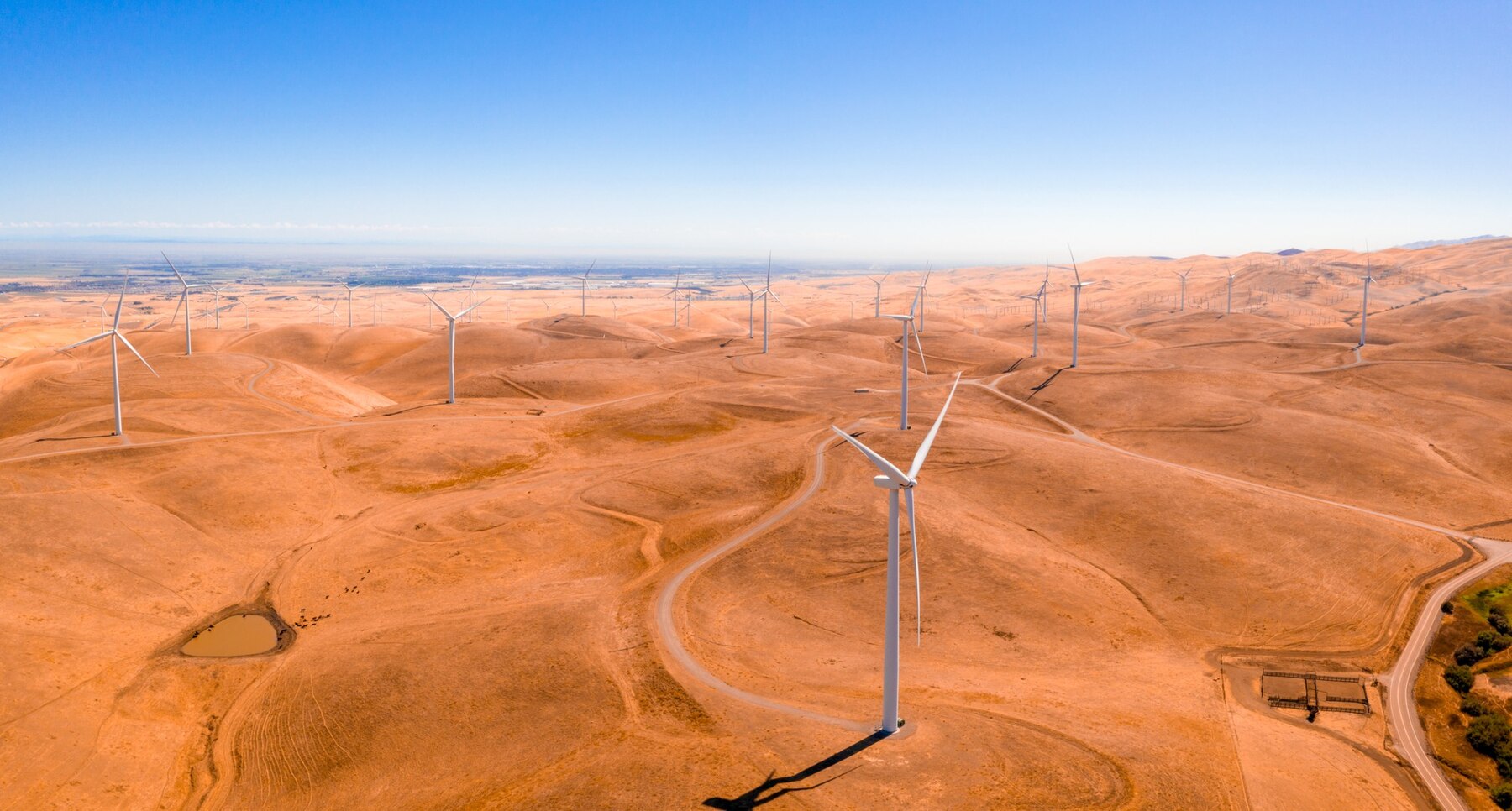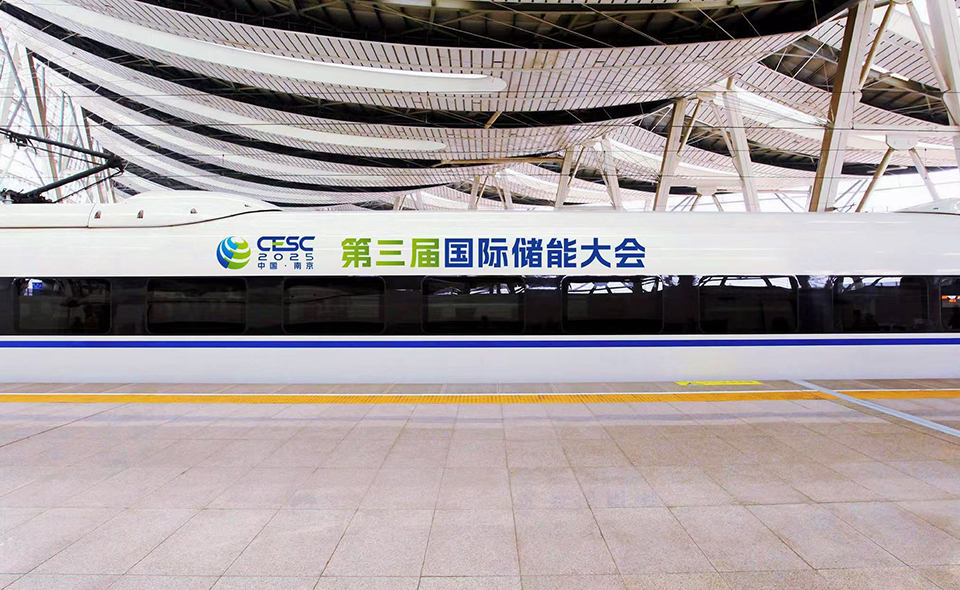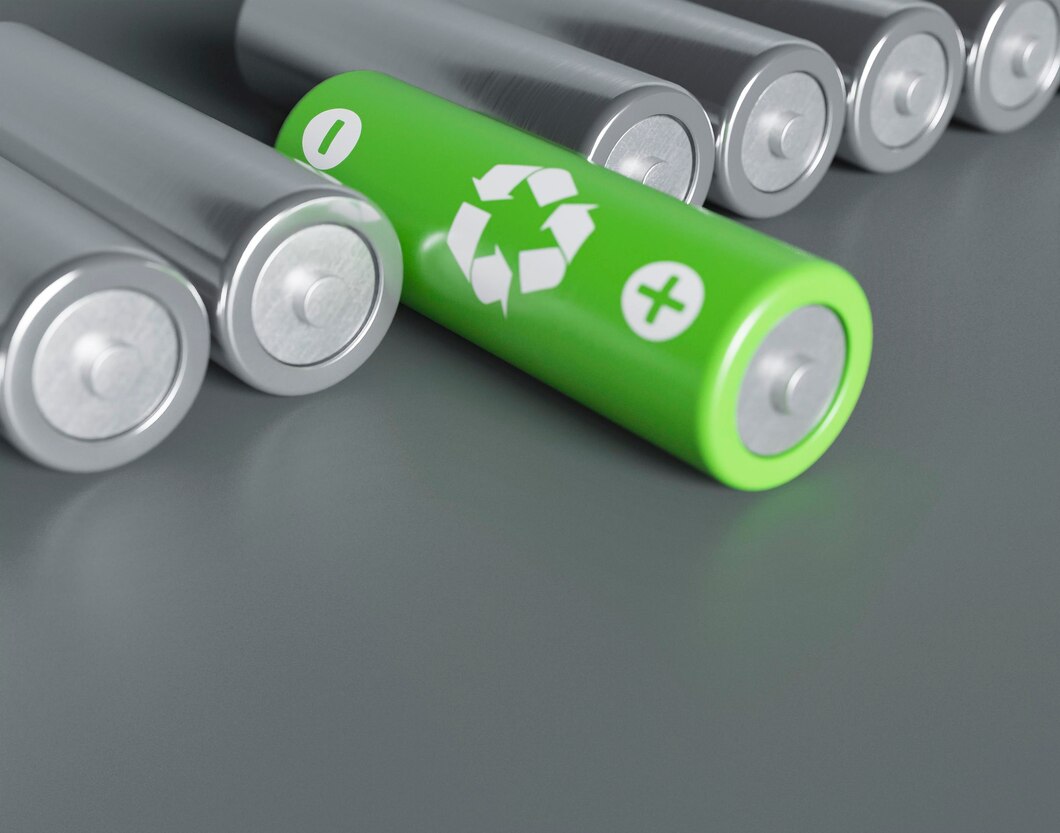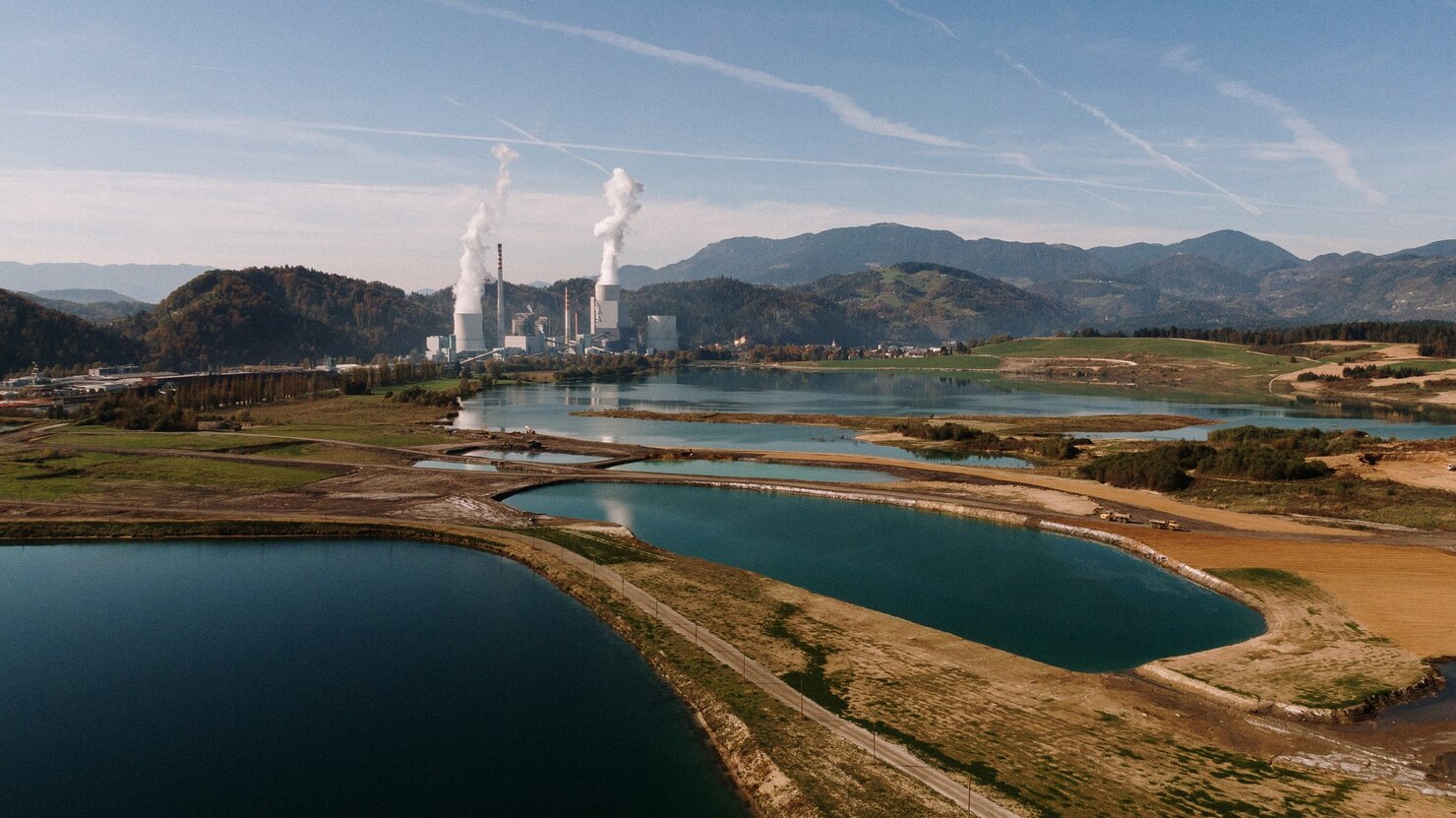
Saudi Arabia, guided by its "Vision 2030", is transitioning from the world's largest oil exporter to a renewable energy superpower. The government plans to source 50% of its electricity from clean energy by 2030 (only 0.3% in 2023) and has invested over $100 billion in building the world's largest photovoltaic base (with 200 GWh of energy storage for the NEOM new city). Leveraging the capital strength of its sovereign fund (PIF) and abundant sunlight in the desert region (over 3,000 hours of sunshine annually), Saudi Arabia is creating a core energy storage hub in the Middle East through policy relaxation (such as 100% foreign ownership), technology openness, and large - scale project tenders.
For multinational enterprises, Saudi Arabia is not only a testing ground for large - scale technology applications but also a strategic fulcrum to tap into the Middle East and North Africa (MENA) market.
Market Status Analysis
Energy Structure and Transformation Pressure
Saudi Arabia's electricity demand grows at an average annual rate of 6% (reaching 400 TWh in 2023). Air - conditioning loads account for 70% of peak electricity consumption, and the grid peak - valley difference is as high as 45%.Energy storage is a crucial need for peak - shaving.Oil - fired power generation accounted for 94% in 2023. The government plans to add 58 GW of renewable energy (mainly photovoltaics) by 2030, and the supporting energy storage demand exceeds 5 GWh.
Driven by Mega Projects: The green hydrogen plant in the NEOM new city requires 1.2 GWh of energy storage to smooth out fluctuations. The Red Sea tourist area's 100% renewable - energy power supply depends on energy storage systems (200 MWh of lithium - ion batteries + flow batteries have been deployed).
Drivers of the Energy Storage Market
Demand for Resilience in Extreme Climates: Summer temperatures often exceed 50°C. In 2022, a major power outage in Riyadh was caused by grid overload, promoting the legislation on mandatory energy storage for industrial and commercial sectors (for example, NEOM requires new buildings to be equipped with 4 - hour backup power).Linkage with the Green Hydrogen Strategy: Saudi Arabia plans to capture 25% of the global green hydrogen market by 2030. Electrolyzers need energy storage to balance the fluctuations of renewable energy (such as the 4 - GW green hydrogen project of ACWA Power, which is equipped with 1.5 GWh of energy storage).
Catalysis by Mega Infrastructure Projects: "Zero - carbon city" projects such as THE LINE and Qiddiya Entertainment City require 100% energy storage coverage, unleashing gigawatt - scale demand.
Current Market Size and Technical Routes
In 2023, Saudi Arabia's energy storage installed capacity was approximately 300 MWh, with lithium - ion batteries accounting for 80% and flow batteries accounting for 10% (suitable for high - temperature scenarios).Testing of Emerging Technologies: NEOM is collaborating with Air Products to develop "ammonia energy storage" (Power - to - X). Green electricity is used to produce and store ammonia for power generation, with an energy conversion efficiency of 60%.
Main Challenges and Risks
Adaptability to Extreme Environments
High Temperatures and Sandstorms: Daytime temperatures exceed 50°C, and the concentration of sand - dust particles reaches 1,000 μg/m³. Energy storage systems are required to have an IP69K protection rating and corrosion - resistant design (increasing costs by 30%).Challenges for Cooling Systems: In desert climates, the water consumption of traditional liquid - cooling solutions surges (8 m³ of water per MWh), and the efficiency of air - cooling drops by 50%. New dry - cooling technologies are urgently needed.
Policy and Localization Barriers
"Saudization" Requirements: Foreign - invested enterprises are required to transfer at least 30% of their shares to local enterprises (such as ACWA Power and PIF - affiliated companies), and Saudi citizens must account for 40% of the employees.Local Content Rate (LCR): Government - tendered projects need to meet 35% local procurement requirements (battery pack assembly and BMS software development need to be completed in Saudi Arabia), and this will be increased to 50% in 2025.
Supply Chain and Cost Pressures
Import Dependence: 90% of lithium - ion battery components come from China. Geopolitical risks make logistics costs account for 15 - 20%.High Local Installation Costs: Visa restrictions for foreign labor are becoming stricter. Since 2024, energy storage projects are required to mandatorily hire 30% Saudi engineers, increasing labor costs by 25%.
Major Players and the Competition Landscape
International Giants
Tesla: Won the bid for the 50 - MWh Megapack project in the Red Sea tourist area but needs to jointly build a factory with the local enterprise Al Babtain to meet the LCR requirements.CATL: Jointly established the largest lithium - ion battery factory in the Middle East (with a capacity of 30 GWh/year) with the Saudi sovereign fund (PIF), locking in the NEOM supply chain.
Siemens Energy: Provided grid - side energy storage solutions for Saudi Electricity Company (SEC), integrating AI prediction algorithms to reduce peak - shaving costs by 20%.
Local Leading Enterprises
ACWA Power: Dominates the national energy storage strategy. In 2024, it launched a 1.5 - GWh tender, focusing on integrated "photovoltaic + energy storage + green hydrogen" projects.Saudi Electricity Company (SEC): Operates the national virtual power plant (VPP), aggregating 300 MW of distributed energy storage resources for peak - shaving.
NEOM Energy: Developed the world's first gravity energy storage system (using the Energy Vault solution), reducing the energy storage cost to $0.05/kWh.
Emerging Forces
Green Hydrogen Cross - border Players: For example, the local start - up company H2 - Industries developed a technology chain of "power storage - hydrogen production - synthetic fuel", and received a $700 - million investment from PIF.Energy Storage Financial Innovation: The National Commercial Bank of Saudi Arabia launched "Energy Storage Equipment Lease Securitization" (ESS ABS), allowing enterprises to package energy storage assets and issue Islamic bonds (Sukuk).
Key Points of Regulations and Compliance
Foreign Investment Access Policies
Free Trade Zone Benefits: Enterprises registered in King Abdullah Economic City (KAEC) or the NEOM Free Trade Zone can enjoy 100% foreign ownership, a 20 - year tax exemption, and free capital flow.Negative List Restrictions: For energy infrastructure related to national security (such as grid - side energy storage), the upper limit of foreign ownership is 49%, and it needs to pass the review of the National Security Council (NSC).
Technical Standards and Certification
SASO Certification: Energy storage systems are required to pass the high - temperature cycle test (55°C/3000 cycles) of the Saudi Standards Organization. The certification cycle is 8 - 12 months.Fire Safety and Environmental Protection Compliance: It needs to comply with the NFPA 855 standard of the General Directorate of Civil Defense (GDC) of Saudi Arabia and submit a full - life - cycle carbon footprint report (mandatory from 2025).
ESG and Subsidy Mechanisms
Carbon Tariff Risks: Since 2027, high - carbon imported products will be taxed. Energy storage projects need to purchase Saudi Carbon Credits (SCC) to offset emissions.Electricity Price Subsidies: Energy storage projects that meet the "Made in Saudi Arabia" standard can receive electricity price subsidies ($0.03/kWh) for 10 years.
Strategic Recommendations and Additional Content
Local Adaptation of Technology
Develop "Desert Energy Storage Systems": Collaborate with King Abdullah University of Science and Technology (KAUST) to develop high - temperature - resistant solid - state batteries (with an upper operating temperature of 65°C).Innovation in Cooling Solutions: Adopt a composite cooling technology of phase - change materials (PCM) and air - source energy, reducing water consumption by 90%.
Business Model Innovation
Energy Storage + Desalination: Promote "photovoltaic - energy - storage - reverse osmosis desalination" joint projects along the Red Sea coast. The combined revenue from electricity prices and fresh - water sales can increase the IRR to 18%.Financialization of Green Hydrogen: Link energy storage projects with green hydrogen export agreements and issue the world's first "Hydrogen Energy Storage Bond" (HESS Sukuk).
Localization Collaboration Paths
Align with Sovereign Funds: Give priority to cooperation with PIF and Saudi Aramco Energy Ventures to obtain project financing and policy exemptions.Participate in the "Made in Saudi Arabia" Initiative: Set up a battery pack assembly line in Ras Al Khair Industrial City. Meeting the 35% LCR requirement can obtain a 15% electricity price subsidy.
Future Market Trend Forecasts
Divergence of Technical Routes
Lithium - ion batteries will dominate industrial and commercial scenarios before 2025 (accounting for 85%).After 2026, the proportion of hydrogen energy storage in the long - duration energy storage field will reach 20%, and gravity energy storage will make breakthroughs in mega - infrastructure projects.
Breakthroughs in Policies and Market Mechanisms
It is expected that the "Energy Storage Capacity Market Act" will be introduced in 2025 to guarantee the annual fixed income of projects ($100/kW·year)."Energy Storage Asset REITs" will be launched at the end of 2024, allowing foreign investors to hold energy storage assets through real - estate investment trusts.
Market Size and Growth Engines
Baseline Scenario: The energy storage installed capacity will reach 1.5 GWh in 2025 (CAGR 60%) and exceed 10 GWh in 2030, with a market size of over $8 billion.Aggressive Scenario: If green hydrogen exports accelerate, Saudi Arabia may become the global long - duration energy storage center in 2030, with an installed capacity of 15 GWh.
Emerging Track Opportunities
Energy Storage for Zero - Carbon Cities: Projects such as THE LINE and Qiddiya Entertainment City will release 5 GWh of demand, focusing on modular and underground energy storage solutions.Oil and Gas Field Replacement: Saudi Aramco plans to replace diesel power generation in oil fields with "photovoltaic + energy storage" by 2030, releasing 1 GWh of demand.
Specific Policies for Energy Storage Market Access in the UAE
-
Energy transformation goals:
Saudi Arabia plans to achieve 50% of its electricity from renewable energy by 2030 and become one of the world's largest hydrogen producers and exporters.
-
Renewable energy plan:
Saudi Arabia has launched a series of documents, such as the King Salman Renewable Energy Act, the National Renewable Energy Plan, the National Environmental Protection Strategy, etc., and has also issued the "Green Saudi Arabia" Initiative (SGI) and the "Green Middle East" Initiative (MGI).
New energy policy:
-
Renewable energy investment:
including solar energy, wind energy, green hydrogen, green ammonia, nuclear energy, etc. For example, the national hydrogen strategy proposes to produce 4 million tons/year of clean hydrogen, has launched ambitious solar power generation projects many times, and has tried to build nuclear power plants.
-
Establish a deep-sea mineral exploration fund:
Promote the exploration of deep-sea mineral resources, involving key minerals such as copper, nickel, and cobalt.
-
Actively seek key minerals:
Carry out relevant cooperation and investment at home and abroad, such as signing a memorandum with the Democratic Republic of the Congo, evaluating projects in Zambia and possibly acquiring related assets.
Energy storage related policies:
- Saudi Arabian Public Investment Fund and other institutions signed cooperation agreements with Chinese new energy enterprises to promote the development of the new energy industry, including large-scale wind power, photovoltaic, and energy storage equipment projects.
- Saudi Arabian Water and Electricity Regulatory Authority (WERA) issued a new regulatory framework for renewable energy generation, allowing renewable energy systems and off-grid systems with a capacity greater than 2MW to participate, setting an upper limit on system capacity, introducing the concept of "virtual net billing" (similar to power transfer), allowing net billing arrangements between different locations of the same customer, and clarifying the compensation mechanism for excess power exported to the grid, but the billing standard has not yet been determined. At the same time, the installation of energy storage technology is regulated and cannot be used as an independent system. It must be integrated with renewable energy systems to meet self-consumption needs and reduce load-generation imbalances.
- Relevant certification requirements of the Saudi Arabian Standards Authority (SASO), such as mandatory requirements for energy storage systems to pass high-temperature cycle tests, and a certification cycle of 8-12 months.
- Foreign investment access policy: There are specific restrictions in some areas (such as national security, etc.), and there are no special approval and access requirements for other industries.
- Localization requirements: For example, the "Saudiization" requirement requires foreign-funded enterprises to transfer a certain proportion of equity to local enterprises, and the proportion of Saudi citizens among employees must meet certain requirements.
The Saudi energy storage market is reshaping the global energy landscape with "oil capital + zero-carbon ambition". From desert adaptive technology innovation to Islamic financial instrument empowerment, companies need to use "hyper-localization" strategies to solve LCR and extreme environmental challenges, while leveraging sovereign funds to seize trillion-level tracks such as green hydrogen and zero-carbon cities. With the full implementation of the "National Hydrogen Energy Strategy" in 2025, the Saudi energy storage market will usher in exponential growth from GWh to TWh. If the pioneers can deeply integrate "sovereign capital + localized technology solutions", they will surely occupy a core position in the energy transformation of the Middle East, and use Saudi Arabia as a fulcrum to leverage the unlimited potential of the Middle East and North Africa markets.

Latest News












Ms. Liu +86 132 6100 0097

协办单位:全国工商联新能源商会、电力规划设计总院
支持单位:江苏省发展和改革委员会、江苏省工业和信息化厅、江苏省商务厅
国网江苏省电力有限公司
国际支持:欧洲储能行业协会、德国智能城市交通协会
承办单位:创能国际会展服务(江苏)有限公司、东浩兰生会展集团股份有限公司
溧阳深水科技咨询有限公司



